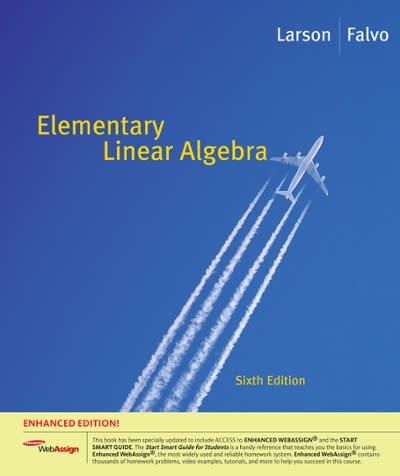mil2k1
Please answer all the questions. thank you.
1:
2. A clinical psychologist is interested in understanding if the time it takes for clients to commute to work each day can predict job satisfaction. The psychologist measures commute times in number of minutes. Job satisfaction was measured utilizing a Likert Scale, where 1= very unsatisfied 2 = somewhat unsatisfied, 3 = neutral, 4 = somewhat satisfied, and 5 = very satisfied. The results of the regression are in the output below. Model Summary Adjusted R Std. Error of Model R Square Square the Estimate 1 .230 053 .019 1.62592 a. Predictors: (Constant), Commute_To_Work ANOVA Sum of Model Squares df Mean Square Sig. 1 Regression 4.145 1 4.145 1.568 .221b Residual 74.021 28 2.644 Total 78.167 29 a. Dependent Variable: Job_Satisfaction b. Predictors: (Constant), Commute_To_Work Coefficients Standardized Unstandardized Coefficients Coefficients Model B Std. Error Beta Sig 1 (Constant) 2.798 418 6.688 000 Commute_To_Work 012 .010 .230 1.252 .221 a. Dependent Variable: Job_Satisfaction 2a. Report the regression equation (i.e., line of best fit). Be sure to include what both Y and X stand for. 2b. If a client's commute was 20 minutes, what would his/her predicted job satisfaction score be? Show all of your work. 2c. Report the R Square (R2) value. Interpret this value. Be specific. 2d. Is the regression statistically significant? How do you know this? Be specific. 2e. Provide a conclusion to the results of the prediction. Be as specific as possible.Supporte that a discrete randorm variable & has the following probability mass function [pmf): 0.3, which has the following graph: Find the cumulative distribution function folly of x. To find the edf, wa first find Ffs) for each of all possible realizations. Here, 1, 3, 5 are possible realization of X. Remember the definition of the cdf: Ffs) = PYX s x) whan arriwaring this question. We start from 1. R1) - PX 1] - P(X - 1] =[ Here, F!) is the same in finding the probability that the random variable & would return a number less than or equal to 1. However, since 1 is the smallest number that . could actually return, it was the same as 17% = 1). We repeat this process for 3. Note that wit and skipping 2 have Bocaurea 2 is not a possible realization of X- R(3) = P(X'S 3) = P(X - 1) 4 P(X - 3) - Here, F73) is the same as firriding the probability that the random variable X would return a number less than or equal to 3. Since 1 and 3 are the only possible realizations that is less than er equal to 3, we find the probability of getting a and galling 3, and add them up. Finally, we repeal this process for 5 as well R5) - MX $ 5] - P(X - 1) 4 P(X - 3) + RX - 5) =[ Nom, wi ned to think more about the nature of adl. The pull will give you the probability that the random variable S' would return any number less than or equal to its input (La., z, note that it is the lamer cian s here]. So, it should be defined for all real numbers. Let's try for some numbers that are not possible realization of * and see what wea git. Let's first consider some extreme cassi -20) - X's -20) - R(50) - P(X $ 50) - Since X can only give you 1, 3, or 5, the probability that . would give a number less than or equal In -20 would just be 0. Similarly, the probability that > would give a number less than or equal to 50 would therefore be just 1. This tells us: 1. Fix)- Ofer any x less than 1 (the smallest possible realization of X). . F(x) = for ary & larger than or equal to 5 [the largest possible realization of x). Now, let's olnerve what happens if we plug in a number balmisan 1 and 5. First, let's try some numbers between 1 and 3, but not including 3. In other words, let's consider some s such that I s x











